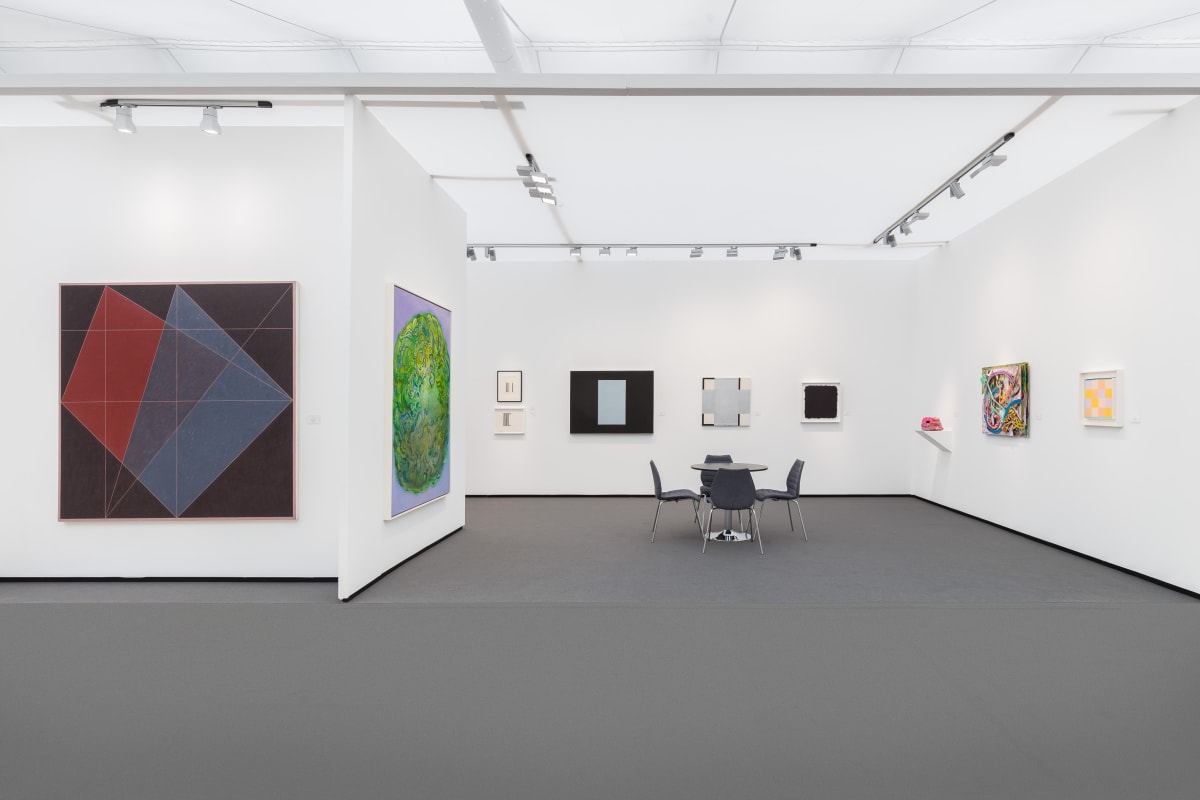Willem de Kooning (1904-1997) was born in Rotterdam, the Netherlands. As a young man he was an apprentice at a design firm and a student at the Rotterdam Academy of Fine Arts. In 1926 he stowed away on a ship headed to the United States and settled in New York City in 1927. In his early years in America he worked as a house painter and a commercial artist and befriended many important downtown artists.
During the Great Depression, de Kooning worked in the Works Project Administration as a muralist. His time working for the WPA convinced him to take up painting full-time. By the late 1940’s and early 1950’s de Kooning became famous for rejecting the established norms in painting by creating works that employed emotive abstract gesture and eschewing the established foreground background relationship. In the early 1950’s he began to explore figurative works known as the “Women” paintings, again casting him out of the established tenants of Abstract Expressionism laid out by critics such as Clement Greenberg. His “Women” function as icons rather than individual portraits blending abstraction and the classic idea of a portrait.
In the 1960’s he moved from New York City to the Springs in East Hampton where he built himself a large studio. Throughout the 60’s and 70’s he created many large scale abstract paintings, works on paper, prints, and began to work in sculpture through the 1980’s. He continued to challenge himself and break away from the idea of a signature style. During his time in East Hampton, he worked on pared down works that synthesized his vocabulary from earlier works. Combining figuration and abstraction, balance and imbalance, and painting and drawing into a singular work. In these late paintings he allows himself to create bold and lyrical spaces for the viewer.
Succumbing to the affects of old age and dementia, de Kooning worked on his last painting in 1991 and passed away in 1997 at the age of 92, after an extraordinarily long, rich and successful career. He never stopped exploring and expanding the possibilities of his craft, leaving an indelible mark on American and international artists and viewers.
De Kooning was awarded many honors in his lifetime, including The Presidential Medal of Freedom in 1964. His works have been included in thousands of exhibitions and are in the permanent collections of many of the finest art institutions abroad, including the Stedelijk Museum, Amsterdam; Tate Modern, London; and the National Gallery of Australia, Canberra; and in America such as The Museum of Modern Art, New York; The Metropolitan Museum of Art, New York; the Art Institute of Chicago; the Smithsonian Institution’s Hirshhorn Museum & Sculpture Garden, Washington D.C.; and the National Gallery of Art, Washington, D.C.
This biography is sourced from dekooning.org



